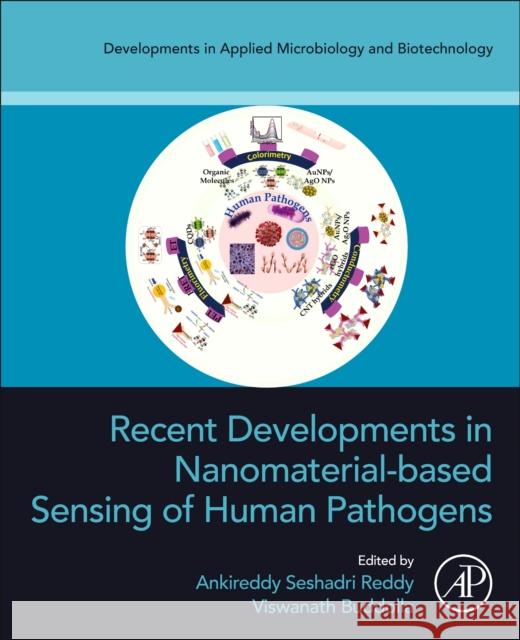Recent Developments in Nanomaterial-based Sensing of Human Pathogens » książka
topmenu
Recent Developments in Nanomaterial-based Sensing of Human Pathogens
ISBN-13: 9780443185748 / Angielski / Miękka / 2024
Kategorie:
Kategorie BISAC:
Wydawca:
Elsevier Science Publishing Co Inc
Seria wydawnicza:
Język:
Angielski
ISBN-13:
9780443185748
Rok wydania:
2024
Numer serii:
001234381
Oprawa:
Miękka
Wolumenów:
01











